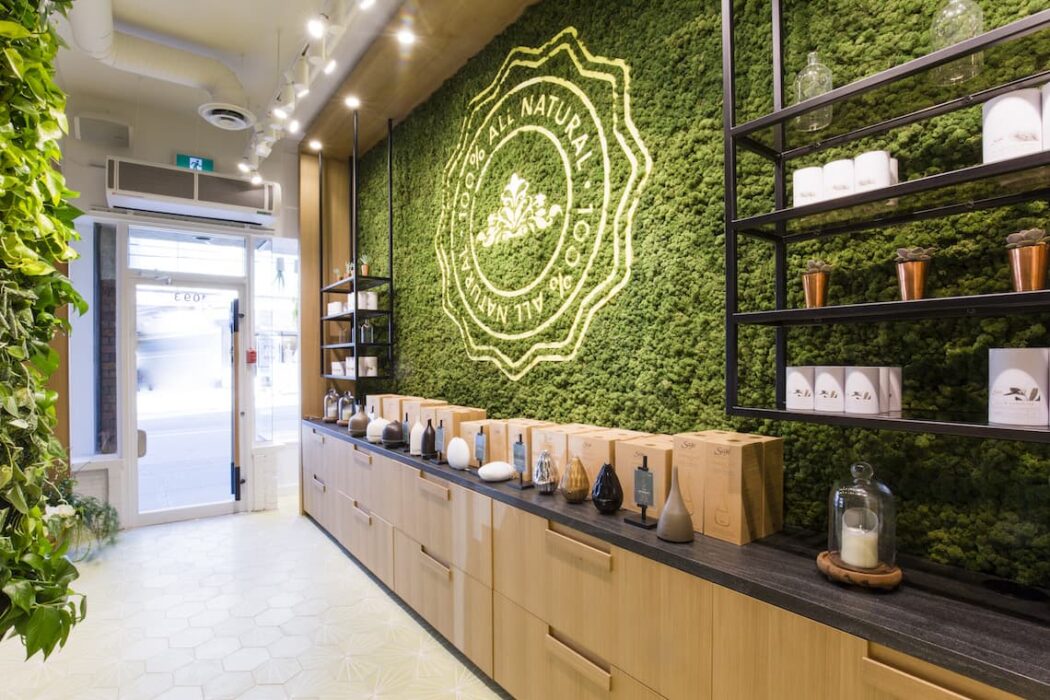According to a Purdue University study, two-thirds of diners are willing to spend more if the establishment uses eco-friendly practices. Of course, the study was conducted abroad, as eco-restaurants are not as common in domestic practice.
But many establishments are already taking small steps to help the planet. Some give up plastic tubes and serve cocktails with bucatini, others make their menus predominantly of vegetables to cut down on food waste. In this article, we want to talk more about eco-friendly practices that you can use in your restaurant.
Use Green Menu
The first thing that can be made more eco-friendly in a restaurant is the menu.
- The ideal ‘combo’ is organic (organic) products that are brought from your region. Reducing the time it takes to transport food has a positive effect on the environment. In addition, local cooking is at the height of popularity today.
- You can produce less rubbish by using unpackaged or recycled food.
- Serve vegetarian and vegan meals. Vegetarian food is still on trend and it’s very environmentally friendly – producing plant-based foods, unlike meat, is much less damaging to the environment.
- Try and grow some of your ingredients in your restaurant. For example, if you serve pancakes with jam for breakfast, they can be made yourself from fresh local organic berries.
Efficient Use of Water
Helping to conserve this planet’s water resources is a feasible task for the restaurant business. How?
- If your restaurant has landscaping, try to use plants that require less water. For automatic watering systems, set a timer and make sure that only the plants are watered and not everything around them.
- Install low-flow faucets in kitchens and bathrooms. If your budget allows, install sensor taps in the restrooms.
- Restaurant design can also help the environment! Replacing cloth napkins and tablecloths with counterparts made from recycled paper will save huge amounts of water. If you can’t do without fabric, opt for water-saving materials like linen.
- Only serve drinking water when guests request it.
Reducing Waste
There are dozens of simple but surefire ways to reduce food waste. Here are some of them:
- Leftovers can be turned into compost (fertilizer). Even if you do not grow food on your bed, you can always give the resulting fertilizer to your local garden.
- Calculate the portions correctly so that as little waste as possible is left over. Donate leftover food of good quality to local shelters and orphanages or advertise the meals on social networking sites.
- Modern technology makes it possible to do away with paper. Orders can be taken with a mobile waiter and reservations for tables can be made online.
- If you use paper in your office work, print on both sides and use recyclable printer ink cartridges.
- In restrooms, you can replace paper towels with real paper towels or use hand dryers.
Cooperation With Recycling Companies
Contact local recycling and waste management companies and then dispose of what you can. Plastic, glass, paper, cardboard, and aluminum can usually be recycled.

Clean in an Eco-Friendly Way
- Try steam cleaning floors and carpets with hot water instead of harsh chemicals.
- Reusable soap dishes with natural hand soap are also a small contribution to the environment.
- For washing dishes and washing work clothes, it is better to use environmentally friendly detergents. Remember that dry cleaners often use very aggressive chemicals.
The Right Disposable Tableware
If you have a food delivery service, you can’t do without disposable tableware. Unfortunately, there is no perfect solution here. Look for containers, bags, and boxes made from materials such as sugar cane, corn starch, etc. You can find several suppliers of such utensils by searching for “eco-packaging”.
Sensible Electricity Consumption
A restaurant is an energy-intensive business in every sense. To reduce your already enormous energy costs, try one of the following tips.
- Maintain a moderate room temperature (not too hot or too cold), and use a programmable thermostat.
- If possible, use kitchen equipment with low energy consumption.
- When renovating or building, use good quality energy-efficient insulation and air duct sealing. A big plus is if the restaurant has lots of windows that let in the daylight.
- An obvious tip is to always use energy-saving light bulbs. If possible, install sensors for technical rooms so that lights only come on when people are present.
- Connect all office equipment to a single extension cord that can be easily switched on and off.
Conclusion
Switching to organic products is great, but if you don’t tell your customers about your green mission, they are unlikely to find out. Many green practices are hard to spot with the naked eye. So don’t be shy on social media or your website about how you’re helping the environment. People who care will reach out to you, and this is another opportunity to promote your restaurant!